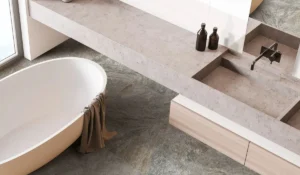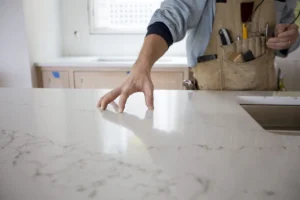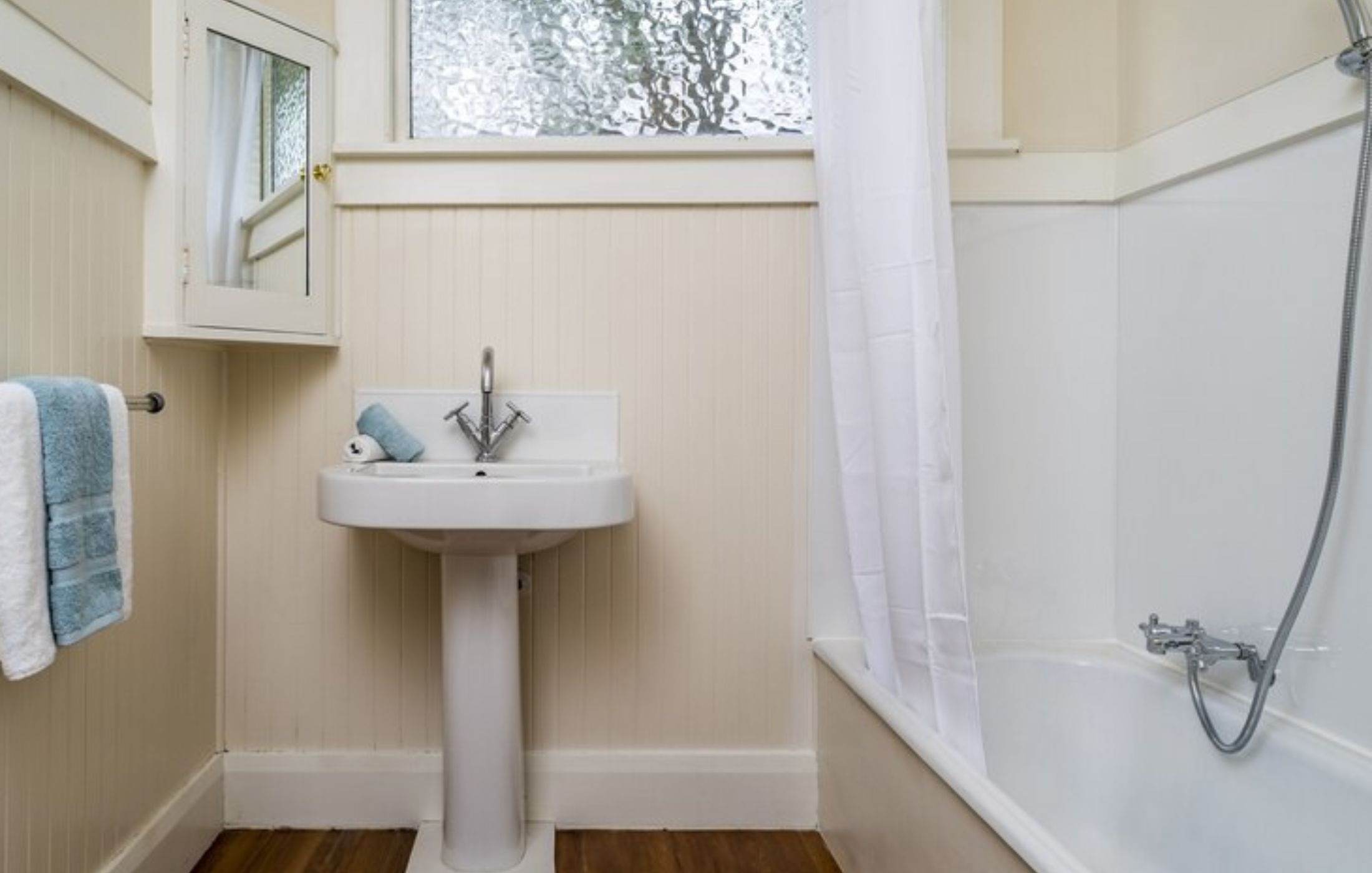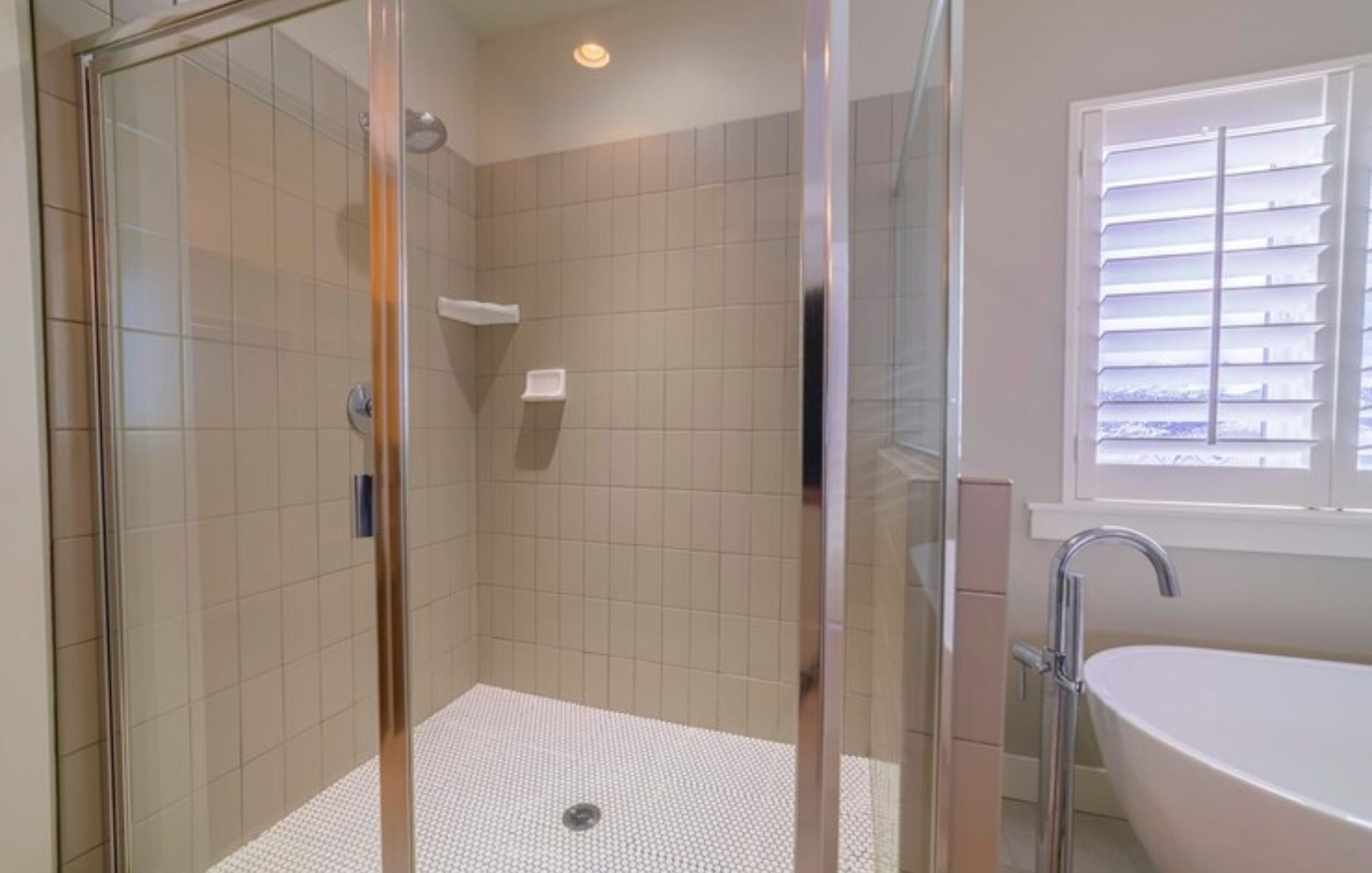Choosing the best surface for your kitchen or bathroom is more than just picking something that looks nice. It’s about durability, function, and long-term value. If you’ve found yourself wondering is quartz porcelain installation is the right move, you’re not alone. These materials are increasingly popular and often compared for their sleek appearance and lasting performance. But understanding how they differ and what each offers can help guide your decision with confidence.
Understanding Quartz and Porcelain: What’s the Difference?

- Composition and Manufacturing Process
Quartz countertops are engineered by combining natural quartz crystals with resins and pigments, forming a strong, non-porous surface. This makes quartz a go-to option for kitchen surfaces that require both style and strength. Porcelain, on the other hand, is crafted from refined clay and fired at extreme temperatures. This process gives it an ultra-hard, dense structure with low porosity.
- Visual Aesthetics and Finish Options
Quartz tends to offer more uniform patterns with stone-like finishes. It mimics the appearance of marble and granite while providing greater consistency. Porcelain countertops push boundaries with digital printing technology, offering a wide range of styles from concrete-inspired designs to those that resemble exotic stone or even wood.
- Color and Pattern Variability
If you’re looking for variety, porcelain opens more creative doors. While quartz delivers dependable colors and uniform veining, porcelain offers more natural variation and bolder pattern possibilities. It’s an excellent fit for homeowners and designers looking to add flair without sacrificing performance.
Is Quartz Porcelain Installation Just a Buzzword?
- Clarifying Industry Misconceptions
You might have come across the phrase quartz porcelain installation and assumed it refers to a hybrid material. In reality, there’s no such thing as a single material that combines quartz and porcelain into one. The term is often used in discussions where both materials are being considered for similar applications, especially for countertops or wall cladding.
- Material Terminology and Trends
With modern branding and marketing, terminology can sometimes blur the lines. It’s not uncommon to see phrases like “porcelain quartz” used to describe high-performance surfaces. What matters most is knowing what you’re getting so ask for specifics when comparing stone alternatives for your renovation.
Pros and Cons of Quartz Installation
- Durability and Longevity
Quartz surfaces are incredibly durable and resist cracking or chipping during regular use. Their composition makes them ideal for high-traffic areas like kitchens, especially if you’re constantly using sharp knives, heavy pans, or cleaning agents.
- Maintenance and Stain Resistance
One of quartz’s main advantages is its low maintenance. It doesn’t require sealing, and everyday spills wipe away with little effort. The non-porous nature helps prevent staining, making it a practical option for busy homes.
- Ideal Use Cases and Limitations
Quartz countertops work well indoors but aren’t recommended for outdoor kitchens or sunny areas where UV rays can cause fading. Heat sensitivity is another factor to keep in mind placing hot pots directly on the surface can lead to damage over time.
Pros and Cons of Porcelain Installation
- Heat Resistance and UV Stability
Porcelain can take the heat, literally. It won’t warp or discolor when exposed to hot pans or direct sunlight, which makes it one of the best materials for outdoor surfaces or sun-soaked areas.
- Design Flexibility and Slab Size
One big plus with porcelain is that it comes in large, thin slabs. This gives you more flexibility when covering wide areas like kitchen islands or vertical surfaces. You can even use it as wall cladding or flooring for a seamless design.
- Edge Profile and Thickness Considerations
Porcelain slabs are typically thinner than quartz, so they require creative techniques for edge profiles. Mitered edges are a popular choice to make the slab look thicker while keeping the actual weight down.
Quartz vs. Porcelain: Installation Differences

- Weight and Handling Requirements
Quartz is heavier and more rigid, requiring extra support and sometimes more hands-on labor. Porcelain is lighter and easier to move, especially when dealing with large-format slabs. This can make a noticeable difference during installation.
- Cutting, Seaming, and Fabrication
Quartz is easier to cut and fabricate with standard tools. Porcelain, although durable, is more brittle during fabrication and can be prone to cracking if not handled carefully. This means the fabrication shop needs experience working with porcelain countertops to get it right.
- Labor Costs and Time Efficiency
Quartz often leads to faster installs since it’s less finicky to work with. However, due to its weight, you might pay more for labor. Porcelain takes a bit more time and precision, which can affect both timing and budget.
Cost Comparison: Quartz vs. Porcelain Installation
- Material Pricing Breakdown
Quartz generally falls into the mid-to-premium price range, depending on the brand and finish. Porcelain can be less expensive per slab, but higher-end prints or imported options can cost just as much, if not more.
- Installation Costs and Long-Term Value
Installation for quartz can be costlier due to the weight and extra support needed. Porcelain might save you on material, but the specialized labor needed for cutting and seam placement could offset those savings. Both surfaces offer solid long-term value with minimal upkeep.
Which Is Better for Your Project: Quartz or Porcelain?
- Kitchen Countertops
Quartz is a strong contender for kitchens thanks to its stain resistance and consistent look. Porcelain also performs well, especially in modern kitchens where bold designs or matte finishes are in style.
- Bathroom Vanities
Both quartz and porcelain work well in bathrooms. Quartz brings a clean, high-end look, while porcelain offers more room for creativity with colors and textures that mimic natural elements like wood or marble.
- Outdoor Applications
Porcelain takes the lead here. It’s built to withstand temperature swings, rain, and UV exposure without showing signs of wear. Quartz isn’t suitable for these conditions, so it’s best to limit it to indoor use.
- Commercial vs. Residential Use
In homes, quartz provides a luxury finish with low maintenance. In commercial spaces, porcelain is often preferred for its strength, thinner slabs, and wider design options. It’s commonly used in hotel lobbies, restaurants, and even airports.
Tips for a Successful Installation
- Choosing the Right Installer
Find an installer who has experience working with the material you’ve chosen. Ask for photos of past projects and check online reviews before committing. Quartz and porcelain each come with their own handling and fabrication quirks.
- Site Preparation and Planning
Before installation, measure your space carefully, finalize your design, and confirm all slab dimensions. Good preparation minimizes surprises and keeps the job moving smoothly.
- Avoiding Common Installation Mistakes
Make sure cutouts for sinks or appliances are accurate, and double-check for proper support, especially with quartz. For porcelain, pay close attention to seam placement and cutting technique to avoid chips or uneven lines.
Environmental Impact and Sustainability
- Eco-Friendly Manufacturing Practices
Porcelain is often made using recycled materials and can be produced in energy-efficient facilities. Some brands even recycle water during manufacturing. Quartz can be more variable depending on the brand, so it helps to ask about sourcing and production.
- Recyclability and Life Cycle Analysis
Porcelain tends to be more recyclable at the end of its life. While quartz is durable, it’s harder to reuse once it’s installed. That said, both materials last for years, making them smart options compared to less durable surfaces.
Contact Us and let’s talk about your project.
Final Verdict: Is Quartz Porcelain Installation Worth It?
If you’ve been asking is quartz porcelain installation is right for you, the answer depends on your space, style preferences, and how you’ll use the surface. Quartz brings consistent beauty and easy upkeep to interiors. Porcelain offers bold design and resilience that works indoors and out.
- Top Mistakes to Avoid During a Shower Remodeling Project - August 28, 2025
- Step-by-Step Guide to a Stress-Free Bathroom Remodel - August 28, 2025
- Small Bathroom Remodeling Tips That Make a Big Difference - August 28, 2025




